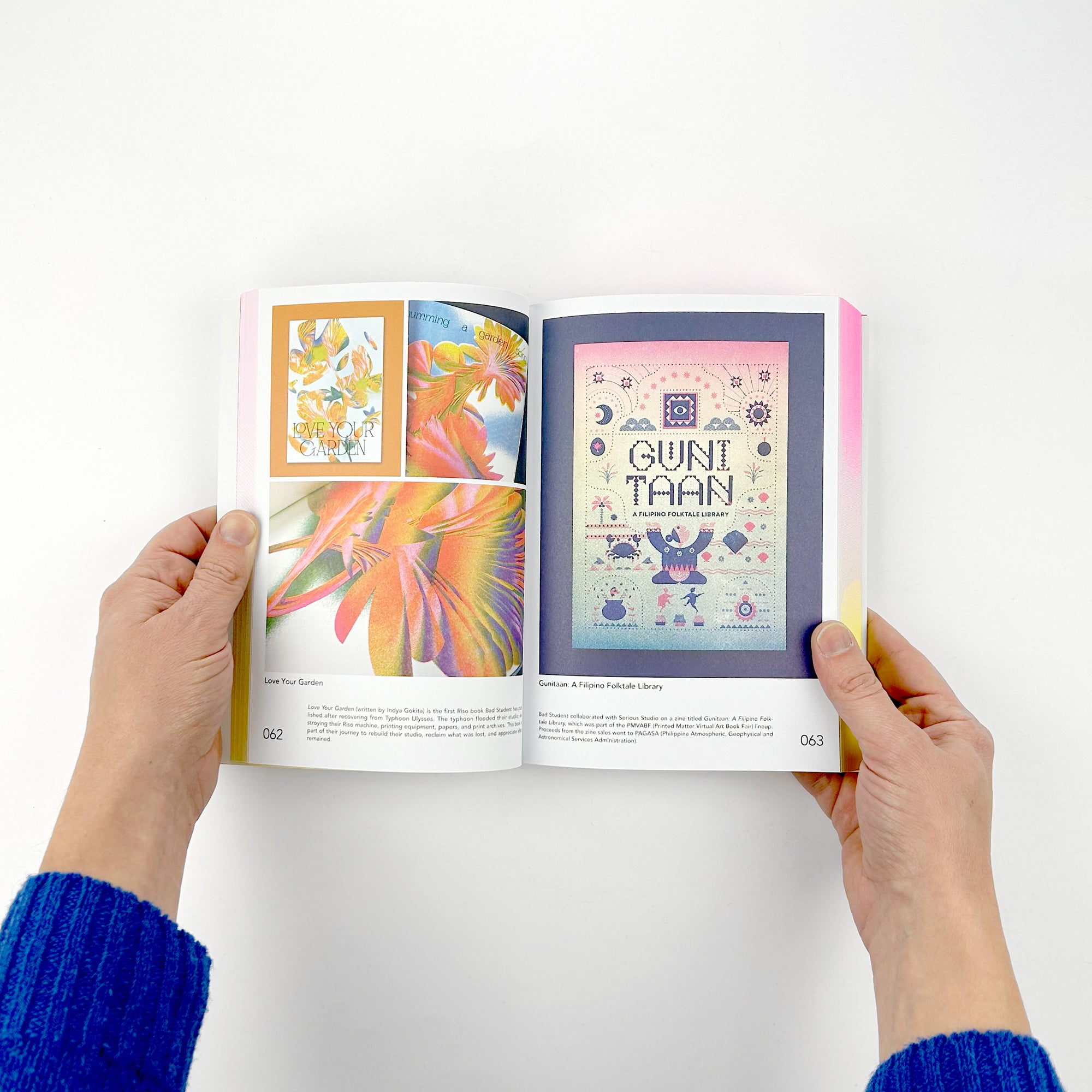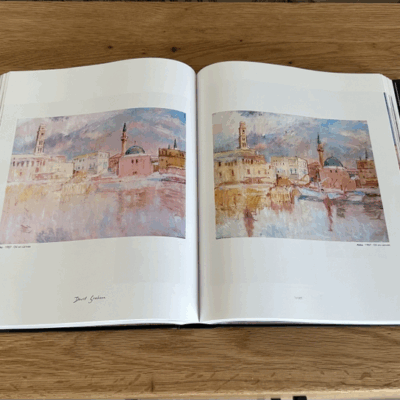The Key Details Behind Successful art book Projects
The Key Details Behind Successful art book Projects
Blog Article
Comprehending the Process Behind High-Quality Art Book Printing for Art Lovers
When it comes to top notch art book printing, understanding the intricacies of the process can boost your gratitude for the last product. You may not recognize how essential paper selection and ink choices are to the vibrancy of art work. Each element plays a significant duty in accomplishing the wanted impact. As you explore the numerous parts of art book printing, you'll reveal understandings that might change your perspective on art preservation and discussion.
The Relevance of Paper Selection in Art Book Printing
When it involves art book printing, the selection of paper can make or break the last product. You want your art work to radiate, and the ideal paper improves shade vibrancy and detail. Think about variables like weight, structure, and finish; these components substantially influence exactly how visitors regard your work.
For example, a heavier stock conveys top quality and resilience, while a textured surface can add depth to pictures. Smooth paper is superb for thorough reproductions, permitting great lines and subtle tones to show up crisp.
Don't forget the paper's illumination; a brighter sheet can assist shades pop, making your art extra appealing. You'll likewise wish to think of how the paper communicates with inks and whether it can take care of the printing process without contorting or bleed-through. Ultimately, choosing the ideal paper establishes the phase for your art, ensuring it records the target market's attention just as you envisioned.
Selecting the Right Inks for Vibrant Reproductions
Picking the best inks is just as essential as choosing top quality paper to accomplish lively reproductions in your art book. When you're publishing artwork, you want shades that stand out and precisely stand for the original item. Go with inks with a high pigment concentration; these tend to generate richer and more saturated colors.
You may consider using historical inks, which withstand fading over time, ensuring your art book continues to be as striking as the day it was printed. If you're dealing with pictures or digitally created art, pigment-based inks can provide a wider color range, improving information and deepness.
Do not forget the coating! Matte and shiny inks can drastically alter the appearance of your art work, so assume regarding the look you're intending to achieve - art book. Ultimately, the best ink option complements your paper option, creating a magnificent visual experience for your viewers
The Function of Shade Management in Publish Quality
Color administration plays an important function in accomplishing high print quality for your art book. It assures that the colors you see on your screen equate accurately to the published page. Without effective color monitoring, your vivid art work may show up dull or altered, threatening your creative vision.
To start, adjust your display frequently. This step aids maintain consistent color representation. Next off, utilize shade profiles tailored for your printer and paper kind. These accounts lead the printer in duplicating colors properly, lowering inconsistencies in between electronic and printed versions.
When you prepare your documents, consider utilizing a color area like Adobe RGB or CMYK, relying on your printer's requirements. Constantly proof your job, also; a test print can reveal any kind of possible shade problems prior to the last run. By prioritizing shade administration, you secure the integrity of your art, guaranteeing your target market experiences it as you intended.

Recognizing Various Binding Methods
Achieving the perfect try to find your art book surpasses shade monitoring; binding methods also play a significant role in its general discussion and sturdiness. You have numerous options to assess, each with its very own distinct characteristics.
If you're going for a specialist feel, case binding provides a tough choice with a difficult cover, excellent for showcasing your artwork. On the various other hand, best binding gives a versatile spine while maintaining expenses down, making it a preferred selection for softcover books.
Spiral binding allows your art book to lay level, which is fantastic for showing pictures without blockage. At the same time, saddle stitching is perfect for smaller sized brochures, providing a clean coating without the mass.
Ultimately, the binding strategy you choose must show your artistic vision and exactly how you want readers to involve with your job. Ensure to weigh these choices meticulously to accomplish the very best outcome for your job.
The Effect of Publish Dimension and Format on Discussion
While the option of print size and design may appear secondary to web content, they substantially influence just how your art work is viewed. The dimensions of your prints can either enhance or diminish the effect of your pieces. Bigger prints can attract visitors in, enabling them to appreciate detailed details, i loved this while smaller sized styles might need even more intimate engagement.

Conservation Strategies for Durable Art Books
To guarantee your art publications stand the examination of time, it's vital to carry out efficient preservation methods. Beginning by keeping them in a cool, completely dry atmosphere, far from straight sunlight and humidity. This protects against fading and warping, maintaining your web pages intact. Usage acid-free storage boxes or safety sleeves to secure them from dust and physical damages.
When managing your publications, constantly clean your hands or use cotton gloves to avoid oils and dirt transferring onto the pages. Avoid flexing or creasing the backs; rather, use book supports when showing them.
For included security, think about buying archival-quality products for Website any type of fixings or enhancements. Regularly examine your collection for signs of wear or damage, resolving concerns promptly. By following these straightforward methods, you can guarantee your art books remain vivid and accessible for many years to come, maintaining their charm and worth for future generations.
Teaming up With Printers for Ideal Results
When you prepare to publish your art book, choosing the ideal printer is vital to accomplishing your vision. Clear communication regarding your assumptions and demands will aid guarantee that both you and the printer get on the same page. Allow's discover exactly how to make this cooperation as smooth and efficient as possible.
Selecting the Right Printer

Effective Communication Methods
Reliable communication is vital for transforming your art book vision right into truth, especially when working together with printers. art book. Begin by plainly detailing your project's goals, including design aspects, favored products, and any kind of details printing techniques. Don't hesitate to share your inspirations and recommendations; this assists the printer comprehend your visual
Establish up normal check-ins to review progression and resolve any kind of inquiries. Usage visuals, like mock-ups or examples, to share your concepts better. Be open to responses, as printers often have valuable understandings that can boost your task. Preserve a positive relationship by being respectful and satisfied of their experience. This cooperation will certainly ensure that your art book meets your expectations and beams in its additional reading last type.
Often Asked Questions
What Are Common Blunders to Prevent in Art Book Printing?
When printing your art book, stay clear of typical mistakes like inadequate resolution images, wrong shade profiles, and disregarding page layout. Do not forget to check and confirm information to verify your end product meets your assumptions.
How Does Digital Printing Differ From Typical Printing Techniques?
Digital printing uses digital documents to produce prints straight, enabling quicker turn-around and personalization. In comparison, standard methods include physical plates, which can be taxing and less adaptable for small runs or one-of-a-kind designs.
What Is the Normal Turnaround Time for Art Book Printing?
The normal turn-around time for art book printing varies, yet you can anticipate it to take anywhere from a few weeks to numerous months. Factors like complexity, amount, and printing method all influence this timeline.
Can I Publish a Limited Edition Art Book Financially?
You can publish a limited edition art book financially by selecting affordable products, maximizing print runs, and utilizing digital printing alternatives. Careful planning and budgeting will certainly aid you achieve high quality without spending too much.
What Are the Environmental Factors To Consider in Art Book Printing?
When thinking about art book printing, you should think of environment-friendly products, lasting inks, and energy-efficient processes (art book). Selecting local printers can likewise reduce your carbon footprint, making your task both beautiful and eco liable
Report this page